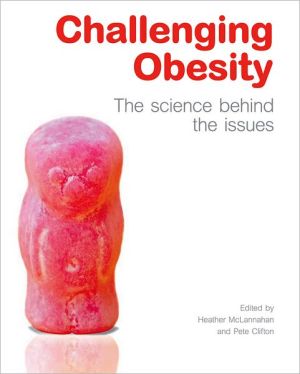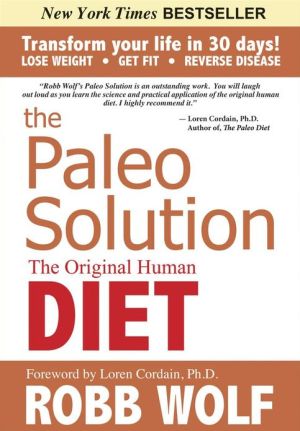Challenging Obesity: The science behind the Issues
Food is one of the greatest pleasures of life. For many, more especially in the developed world, overindulgence and a less active lifestyle have generated the so-called epidemic of obesity. Despite this, many societies place great emphasis on a perfect, slim body shape and may discriminate against those who are overweight. There are strong individual differences in body weight, and hardly a month goes by without the announcement of yet another gene 'for' obesity, with discussion of the...
Search in google:
Food is one of the greatest pleasures of life. For many, more especially in the developed world, overindulgence and a less active lifestyle have generated the so-called epidemic of obesity. Despite this, many societies place great emphasis on a perfect, slim body shape and may discriminate against those who are overweight. There are strong individual differences in body weight, and hardly a month goes by without the announcement of yet another gene 'for' obesity, with discussion of the implications of those who hope to reduce their body weight, How should individuals and governments respond to the different challenges of obesity? The book takes a multidisciplinary approach, beginning with a broad overview of issues, then moving to an examination of the biological and psychological aspects of eating behavior and exercise, and their implications for overall energy balance. These early chapters include a description of human nutrition and physiology, particularly in relation to adipose tissue, and an examination of the way in which the brain receives information from the rest of the body about likely energy needs. One of the most important questions about obesity is why some individuals are so much heavier than others. Here, the books looks at thte contributions from genetics, development, and influences from the social environment - and the complex way in which these may interact. Obesity increases the risk of ill health. Later chapters examine the dieases that are associated with obesity, the discrimination experienced and its effects on socio-economic status and psychological wellbeing. Obesity is often associated with recurrent efforts to lose weight. We discuss the different strategies that individuals may use to lose weight, from diet and exercise though to more medically oriented options including surgery and drug treatment. None of these methods has a good record of success and may also incur harmful side effects; these problems are addressed, together with the research that might overcome them. The book concludes by examining how governments, and others, might develop policies that respond to the challenge of overcoming the obesity epidemic.
1. A GLOBAL CHALLENGE Introduction What is obesity?Measuring obesity The relationships between obesity and ill health The economic cost of obesity Who is most likely to become obese?Why have so many people become overweight and obese?Summary of Chapter 12. ENERGY: INTAKE AND NEEDS Introduction Energy intake What is a balanced diet?The chemical nature of macronutrients Measuring energy intake Releasing energy from food Energy expenditure Controlling weight Summary of Chapter 23. FOOD: DIGESTION AND ABSORPTION Introduction The digestive system The fate of food as it passes along the gut Absorption and distribution of fuel molecules Summary of Chapter 34. METABOLISM: THE BODY'S INTERNAL BALANCING ACT Introduction Metabolism, homeostasis and a healthy balance Insulin and the regulation of blood glucose levels Creating an energy reserve: longer-term storage and use of lipids Insulin resistance Roles of adipose tissue Consolidation Summary of Chapter 45. BRAIN AND BEHAVIOUR Introduction The 'eating' brain: a quick introduction Hunger Satiety Brain mechanisms and feeding behaviour Summary of Chapter 56. INDIVIDUAL DIFFERENCES: GENES AND ENVIRONMENT Introduction Genes and obesity Environment and obesity Gene-environment interactions and obesity Factors affecting childhood obesity Pregnancy Epilogue Summary of Chapter 67. THE CONSEQUENCES OF OBESITY Introduction The medical consequences of obesity Psychosocial consequences of obesity Summary of Chapter 78. TREATING OBESITY: DIET, EXERCISE AND LIFESTYLE Introduction Energy balance revisited Reducing energy intake: 'going on a diet'Exercise as a treatment strategy for obesity Combining exercise and diet Lifestyle and body weight Childhood obesity Summary of Chapter 89. TREATING OBESITY: DRUGS AND SURGERY Introduction Drug treatments for obesity Surgical treatment of obesity Summary of Chapter 910. CHALLENGING OBESITY: THE FUTURE Introduction The obesogenic environment Obesity and government Evaluating policies to reduce the incidence of obesity Combating obesity: what policies would be effective?Conclusion Summary of Chapter 10ANSWERS AND COMMENTS REFERENCES AND FURTHER READING








